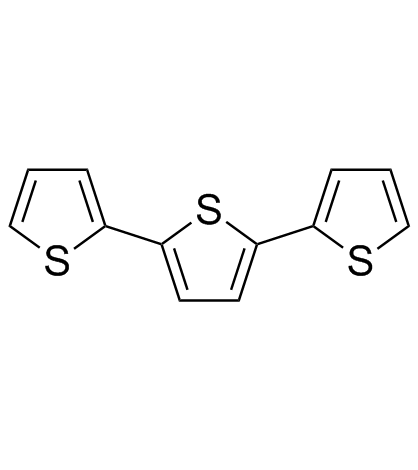Excess-electron injection and transfer in terthiophene-modified DNA: terthiophene as a photosensitizing electron donor for thymine, cytosine, and adenine.
Man Jae Park, Mamoru Fujitsuka, Kiyohiko Kawai, Tetsuro Majima
Index: Chemistry 18(7) , 2056-62, (2012)
Full Text: HTML
Abstract
Excess-electron transfer (EET) in DNA has attracted wide attention owing to its close relation to DNA repair and nanowires. To clarify the dynamics of EET in DNA, a photosensitizing electron donor that can donate an excess electron to a variety of DNA sequences has to be developed. Herein, a terthiophene (3T) derivative was used as the photosensitizing electron donor. From the dyad systems in which 3T was connected to a single nucleobase, it was revealed that (1) 3T* donates an excess electron efficiently to thymine, cytosine, and adenine, despite adenine being a well-known hole conductor. The free-energy dependence of the electron-transfer rate was explained on the basis of the Marcus theory. From the DNA hairpins, it became clear that (1) 3T* can donate an excess electron not only to the adjacent nucleobase but also to the neighbor one nucleobase further along and so on. From the charge-injection rate, the possibilities of smaller β value and/or charge delocalization were discussed. In addition, EET through consecutive cytosine nucleobases was suggested.Copyright © 2012 WILEY-VCH Verlag GmbH & Co. KGaA, Weinheim.
Related Compounds
| Structure | Name/CAS No. | Molecular Formula | Articles |
|---|---|---|---|
 |
alpha-Terthiophene
CAS:1081-34-1 |
C12H8S3 |
|
Length-dependent conductance of oligothiophenes.
2014-07-23 [J. Am. Chem. Soc. 136(29) , 10486-92, (2014)] |
|
Radical-scavenging activity of melatonin, either alone or in...
2011-01-01 [In Vivo 25(1) , 49-53, (2011)] |
|
Synthesis and evaluation of new spacers for use as dsDNA end...
2010-08-18 [Bioconjug. Chem. 21(8) , 1545-53, (2010)] |
|
p-i-n Homojunction in organic light-emitting transistors.
2011-06-24 [Adv. Mater. 23(24) , 2753-8, (2011)] |
|
The synthesis and photoactivated cytotoxicity of 2-methyl-4-...
2009-09-04 [J. Photochem. Photobiol. B, Biol. 96(3) , 170-7, (2009)] |